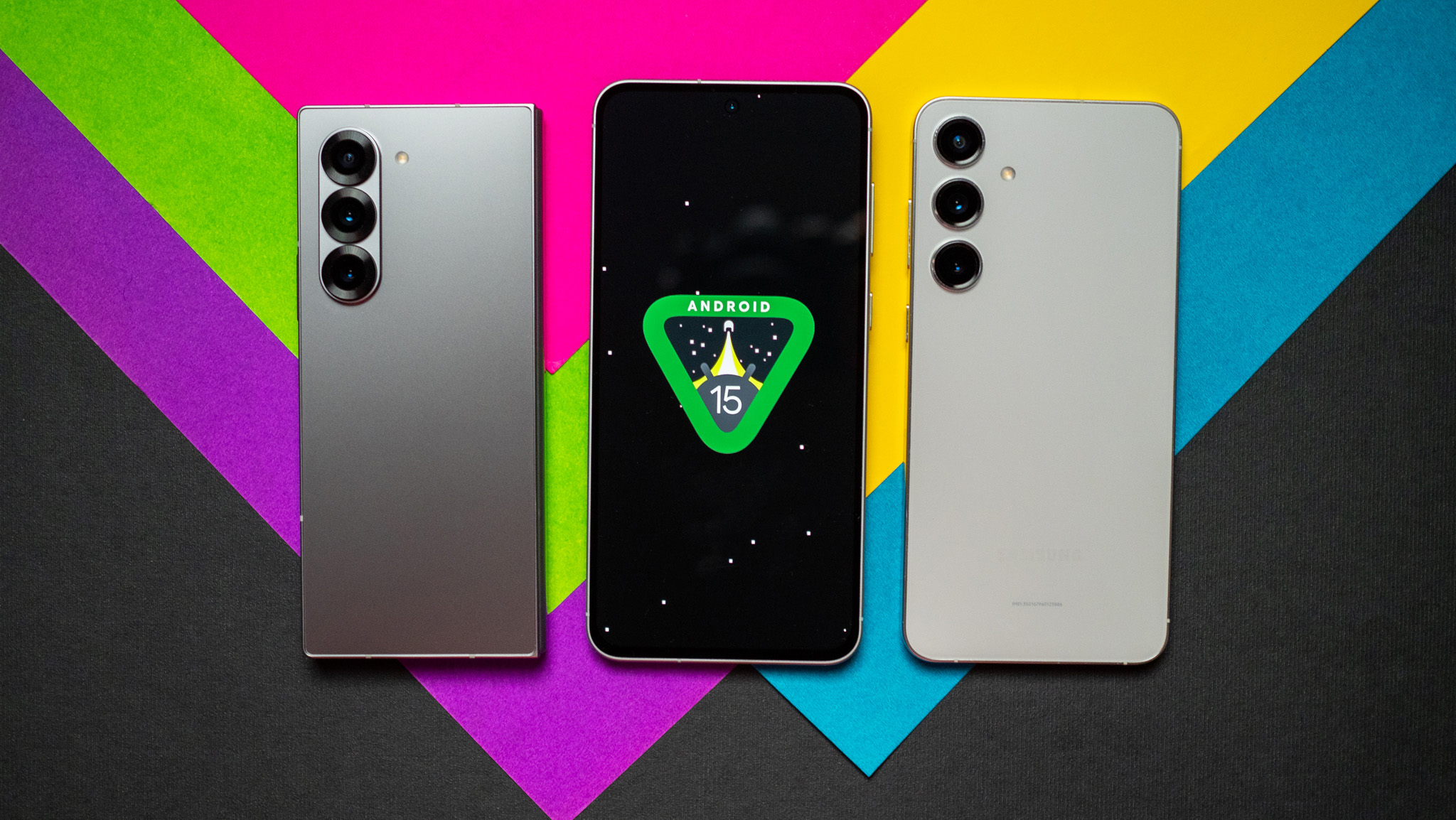Samsung Galaxy S25 Ultra vs. iPhone 16 Pro Max: All about speedy performance and AI
These two top-tier flagships feature the best processors available and tons of AI features.
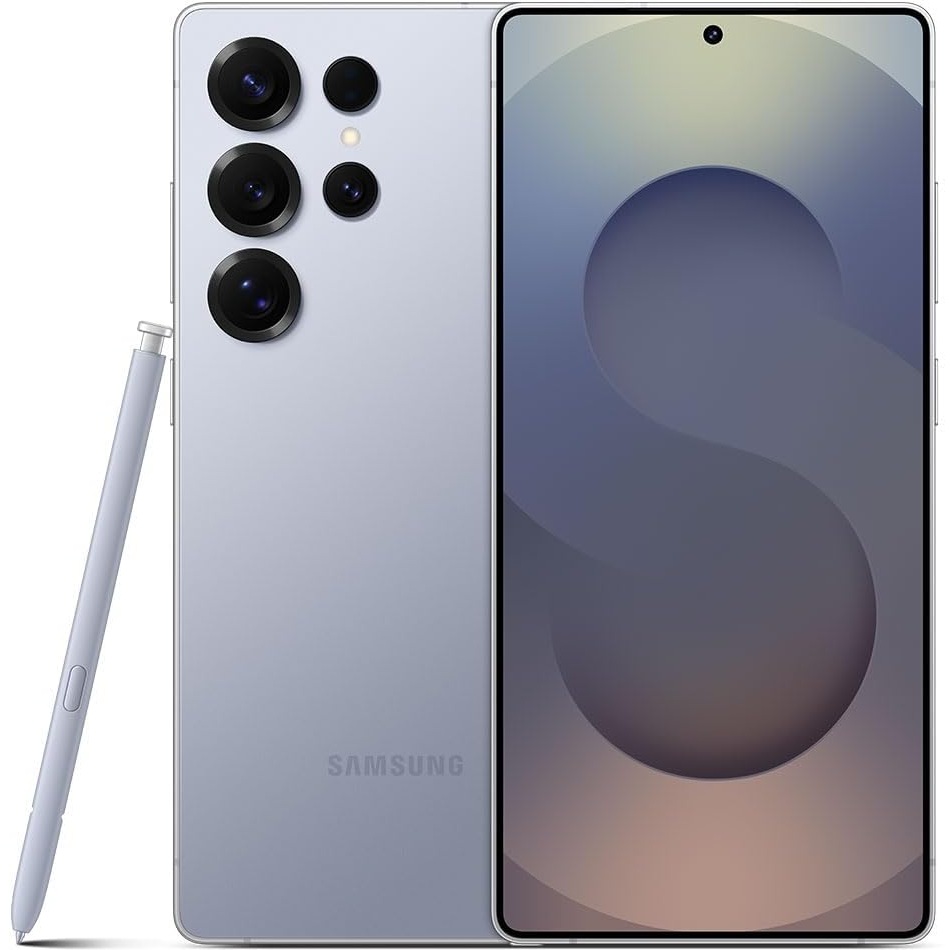
Samsung's upcoming flagship
The Samsung Galaxy S25 Ultra is one of the fastest smartphones on the market, powered by a Snapdragon 8 Elite for Galaxy chipset at the core, which is the best Android processor available. Additionally, a few quality-of-life changes make this phone easier to hold.
For
- The Snapdragon 8 Elite for Galaxy chipset is a fast performer
- Plenty of Galaxy AI features, including new AI agents and cross-app actions
- Easier to hold with a lighter and thinner form factor
- Rounded corners will add to the more manageable chassis design
Against
- Extremely expensive, perhaps even more than the Galaxy S24 Ultra
- Expected to use same main camera as its predecessor
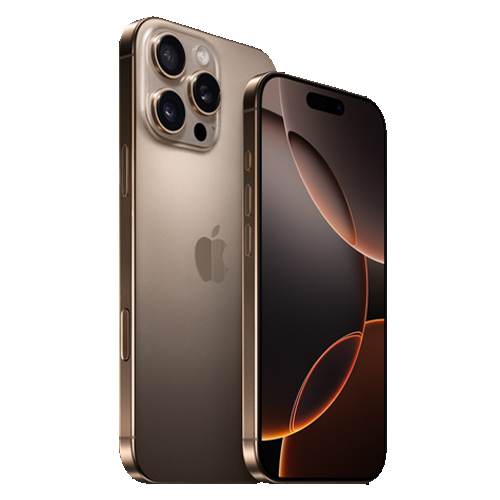
Apple's most polished hardware yet
With a larger screen, a new chip, and better cameras, Apple did quite a bit to improve the iPhone 16 Pro Max — even though it looks similar to its predecessor from the outside. However, it could lose out to the Galaxy S25 Ultra in a few key areas, like the strength of its AI features.
For
- Larger OLED screen with slimmer bezels
- A18 Pro processor with Apple Intelligence
- Camera Control and Action button for customizability
- Improved camera sensors
Against
- Slow charging
- Large and somewhat uncomfortable to hold
- Expensive
Samsung's Galaxy S25 Ultra is here, and it faces tough competition from the jump. On the Android side of things, the OnePlus 13 got a head start on the Galaxy S25 Ultra. Meanwhile, on the other side of the walled garden, the iPhone 16 Pro Max is already out and used by many people now.
So, how does one of the best Android phones compare to the best iPhone? Both devices have a lot going for them. The Samsung Galaxy S25 Ultra is powered by the Qualcomm Snapdragon 8 Elite for Galaxy chipset, and the iPhone 16 Pro Max by the Apple A18 Pro — the two best chipsets in the world. Plus, the phones have industry-leading cameras and displays.
Now we've been testing the Samsung Galaxy S25 Ultra for weeks, we're here to give you a look at how it compares to the iPhone 16 Pro Max.
Samsung Galaxy S25 Ultra vs. iPhone 16 Pro Max: Design and display
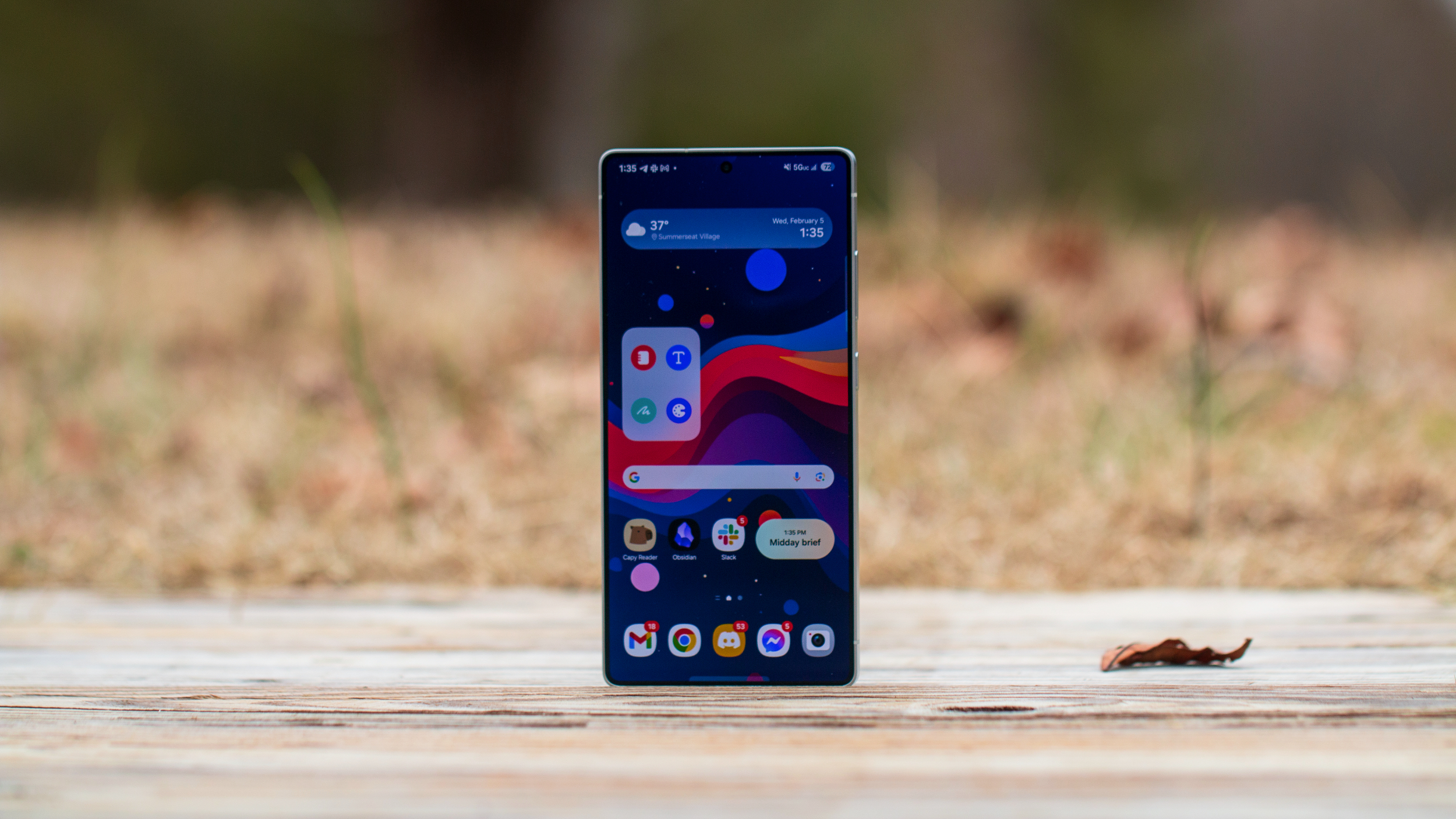
Smartphones keep getting bigger, and the iPhone 16 Pro Max continued that trend. At 163 x 77.6 x 8.3 mm, it's similar in size to the iPhone 15 Pro Max but sports a bigger 6.9-inch OLED display. By comparison, the Galaxy S25 Ultra also grew to feature a 6.9-inch OLED display. The device measures 162.8 x 77.6 x 8.2mm, making it slightly smaller than the iPhone 16 Pro Max for the first time in a while.
In terms of materials, the iPhone 16 Pro Max and the Galaxy S25 Ultra are very similar. Both devices use a combination of glass and titanium to form a protective chassis certified for IP68 dust and water resistance. Although we're starting to see our first IP69 phones debut, neither Apple nor Samsung's flagships will match that spec.
Samsung changed the Galaxy S25 Ultra's design to make it easier to hold. The strong and boxy rectangular design is changed to feature slight curves at the corners — that means no more indents in the palm of your hand. It still has a flat display, and Samsung appears to have an edge with its Gorilla Armor 2 anti-glare covering. Meanwhile, Apple has Ceramic Shield glass, but it doesn't have anti-reflective properties.
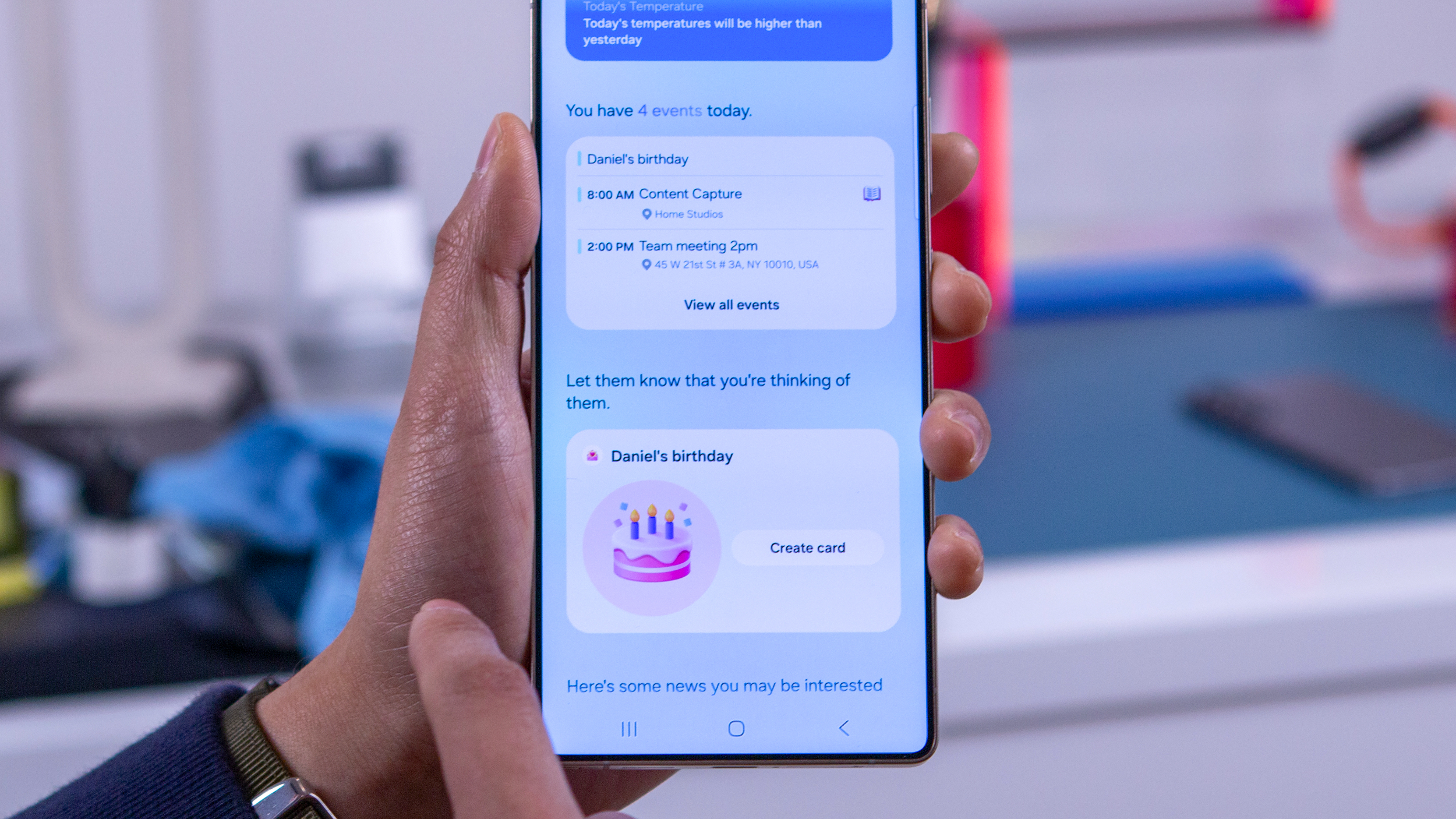
The two phones have similar displays, as both are LTPO OLED panels supporting variable refresh rates up to 120Hz. Our reviewer enjoyed the vivid color of the Galaxy S25 Ultra's display, and didn't feel the need to switch to the natural option. Meanwhile, the iPhone 16 Pro Max only has one color option — but it does have True Tone for white balance and color temperature adjustments based on your surroundings.
Be an expert in 5 minutes
Get the latest news from Android Central, your trusted companion in the world of Android
Of course, we can't forget about the S Pen, which the Galaxy S25 Ultra offers for built-in stylus usage. However, it's worth noting that Samsung dropped Bluetooth support for the S Pen this year, limiting its functionality.
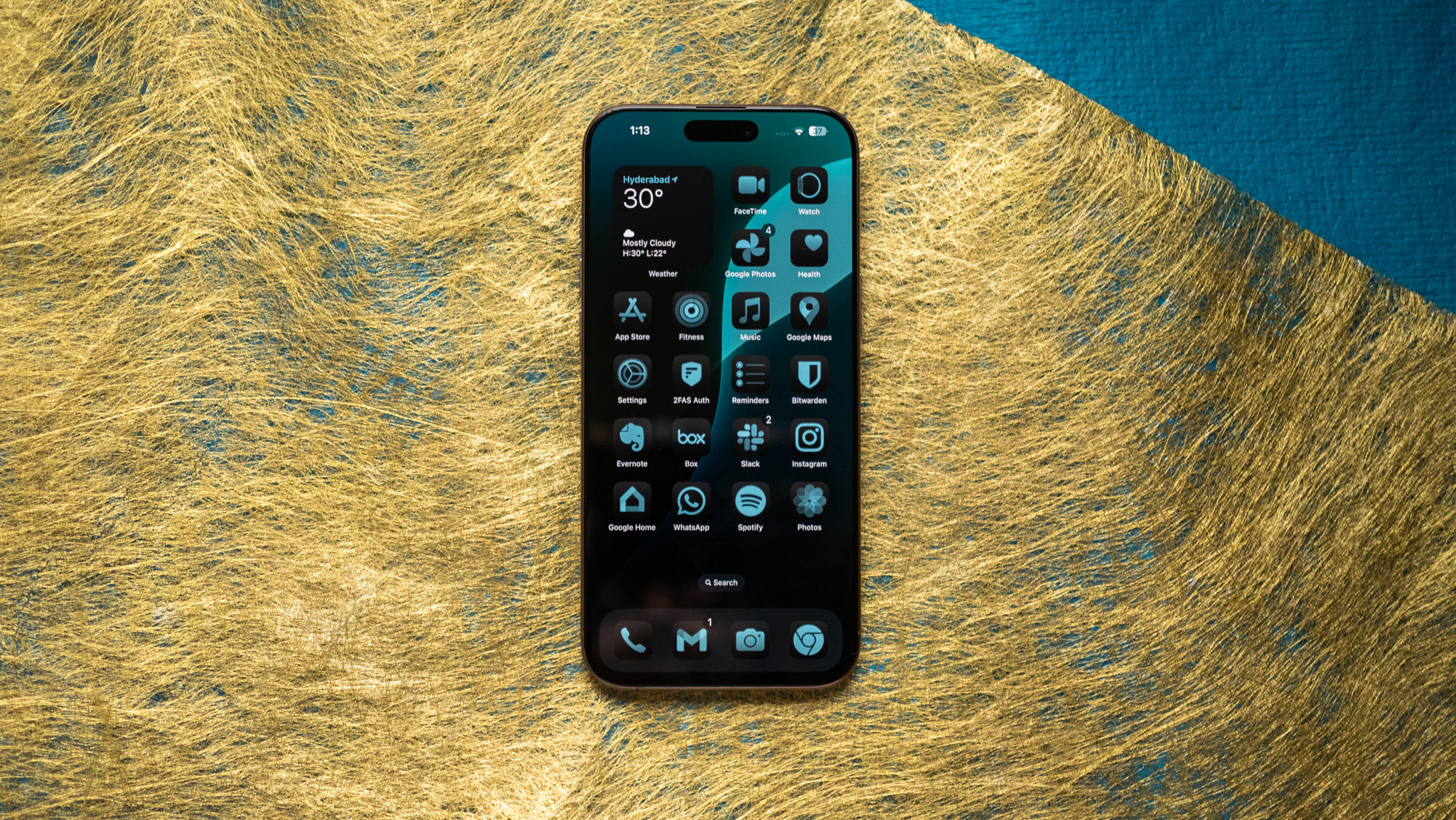
From the back, the Galaxy S25 Ultra might appear thinner due to its smaller camera housing. The iPhone 16 Pro Max's triple-camera bump is thick and protrudes significantly from the glass back. The iPhone has more hardware customization buttons, with an Action button and a new Camera Control button.
Overall, the two devices are slab-style smartphones, and there's not a ton separating the two. Colors may be another tick in favor of the Galaxy, as you can buy the phone in Titan Black, Titan Gray, Titan Silverblue, and Titan Whitesilver, plus Samsung online store exclusives.
Samsung Galaxy S25 Ultra vs. iPhone 16 Pro Max: Hardware and specifications
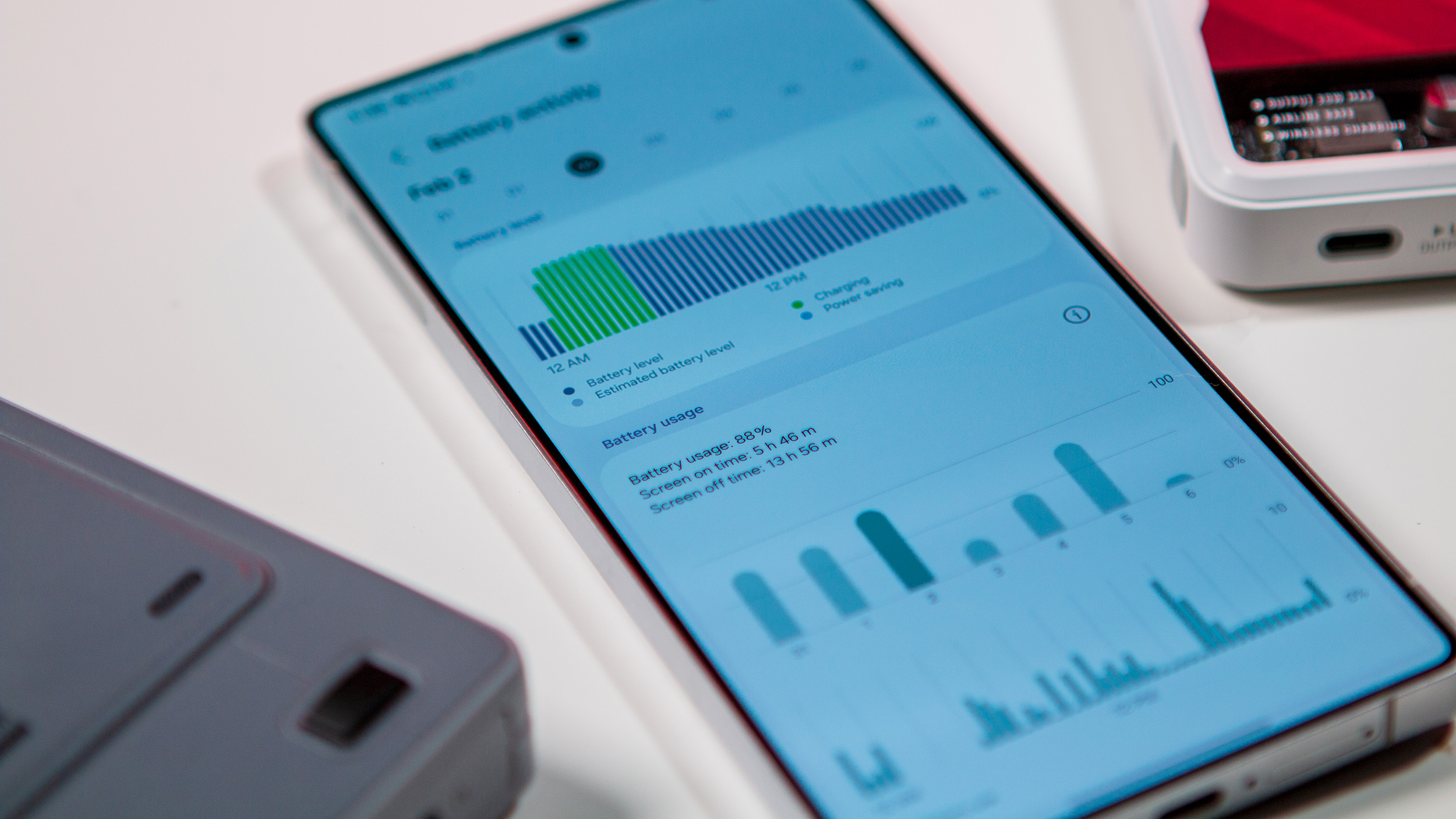
This year, it's all about what's on the inside. Both the Samsung Galaxy S25 Ultra and the iPhone 16 Pro Max will have best-in-class processors. It's powered by the Snapdragon 8 Elite platform, which brings massive performance improvements over the Snapdragon 8 Gen 3 from last year.
Early benchmarks for the Snapdragon 8 Elite and the Apple A18 Pro show that the iPhone 16 Pro Max is still about 10% faster in Geekbench 6. However, it's worth noting that the Snapdragon 8 Elite for Galaxy is overclocked and optimized for the Galaxy S25 Ultra. With that being said, we've extensively tested the Snapdragon 8 Elite for Galaxy against its regular counterpart, and there's really not that big of a difference.
Category | Samsung Galaxy S25 Ultra | iPhone 16 Pro Max |
|---|---|---|
Processor | Qualcomm Snapdragon 8 Elite for Galaxy | Apple A18 Pro |
Display | 6.9-inch Dynamic AMOLED 2X, LTPO, 120Hz refresh rate | 6.9-inch LTPO OLED, 120Hz ProMotion, 2868 x 1320 resolution, Dolby Vision, 2000 nits peak brightness |
Memory | 12GB | 8GB RAM |
Storage | 256GB, 512GB, 1TB | 256GB, 512GB, 1TB |
Battery | 5,000mAh | 4,685mAh |
Charging | 45W wired, 15W wireless, 4.5W reverse wireless | 30W wired, 25W MagSafe, 15W wireless Qi2 |
Operating system | One UI 7 | iOS 18 |
Rear cameras | 200MP wide-angle, 10MP telephoto (3x optical zoom), 50MP periscope telephoto (5x optical zoom), and 12MP ultrawide; 8K video recording | 48MP main, 48MP ultrawide, 12MP periscope telephoto with 5x optical zoom; ProRes video recording at 4K 120FPS |
Front camera | 12MP wide-angle hole-punch camera; 4K video recording | 12MP hole-punch camera with Dynamic Island |
Connectivity | Wi-Fi 7, 5G (mmWave and Sub-6), Bluetooth 5.4, GPS, NFC, UWB, and USB-C 3.2 | Wi-Fi 7, Bluetooth 5.3, NFC, Emergency SOS via Satellite, UWB, dual-band GPS |
Dimensions | 162.8 x 77.6 x 8.2 mm | 163 x 77.6 x 8.3 mm |
Weight | 218g | 227g |
IP rating | IP68 | IP68 |
Colors | Titan Black, Titan Gray, Titan Silverblue, Titan Whitesilver | Desert Titanium, Natural Titanium, Black Titanium, White Titanium |
Additionally, the Galaxy AI and Apple Intelligence software suites go head-to-head. Samsung has a clear advantage with the Galaxy S25 Ultra since it has been developing AI features for much longer. Plus, certain features — like Samsung's Sketch to Image — benefit from the S Pen. There are new features like AI agents and cross-app actions. However, some people will prefer the ChatGPT integration on the iPhone to the Gemini integration on the Galaxy.
In terms of software support, the Galaxy S25 Ultra receives seven years of full OS upgrades. While Apple devices are known for great software support, the same promise isn't made for the iPhone 16 Pro Max. The Samsung phone might end up lasting longer than the iPhone when all is said and done.
Samsung Galaxy S25 Ultra vs. iPhone 16 Pro Max: Cameras
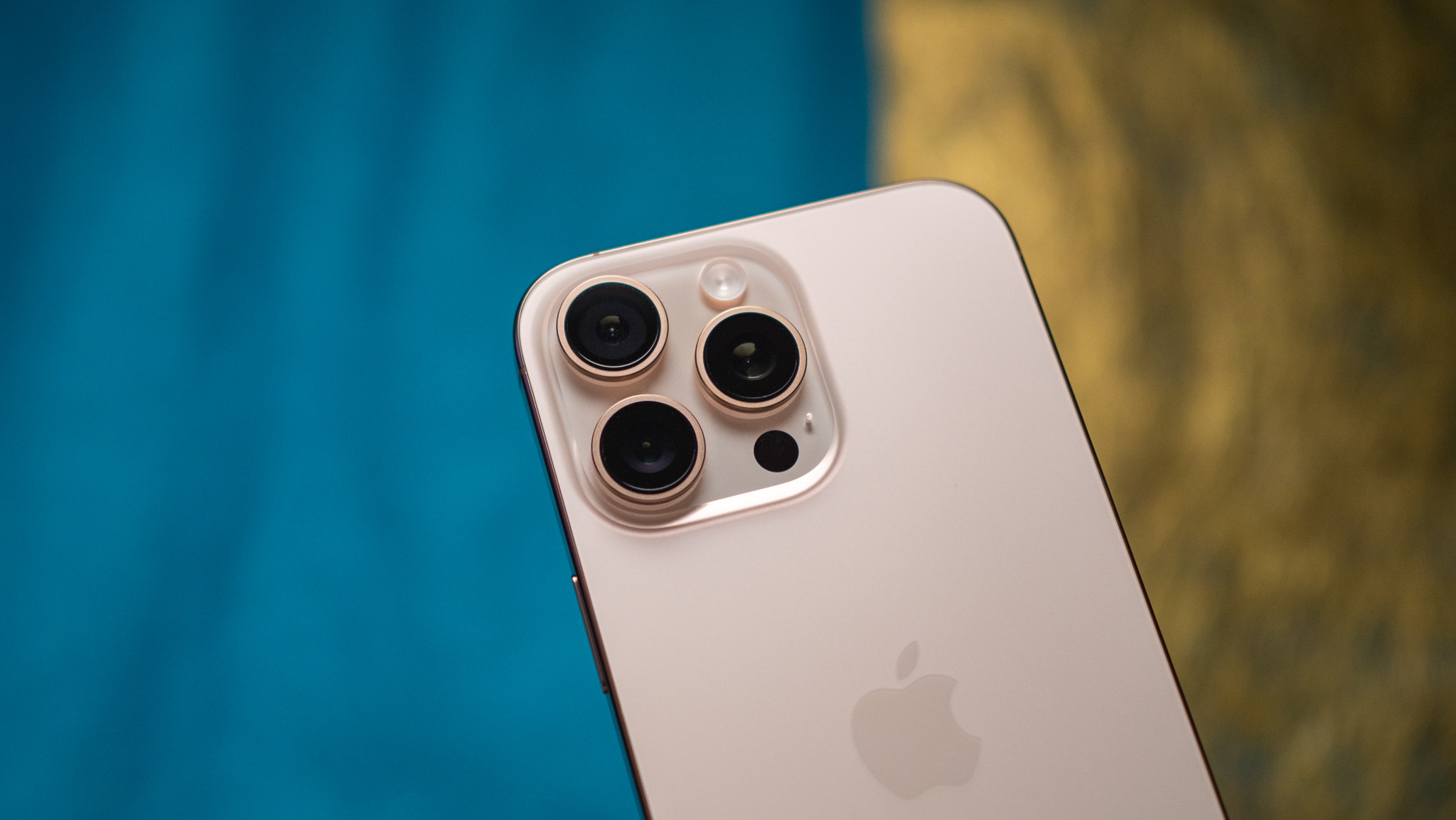
The Samsung Galaxy S25 Ultra and the iPhone 16 Pro Max figure to be some of the best camera phones on the market, so how do they compare? The Galaxy S25 Ultra has a 200MP f/1.7 main camera. That’s paired with a 50MP 5x telephoto lens, a 10MP 3x telephoto camera, and a 50MP ultrawide sensor. Aside from the new ultrawide sensor upgrades, these figures are similar to those of the Galaxy S24 Ultra.
To Apple's credit, the iPhone 16 Pro Max does include hardware upgrades this year. You get a 48MP f/1.8 main camera, a 48MP f/2.2 ultrawide camera, and a 12MP f/2.8 telephoto lens with 5x optical zoom.
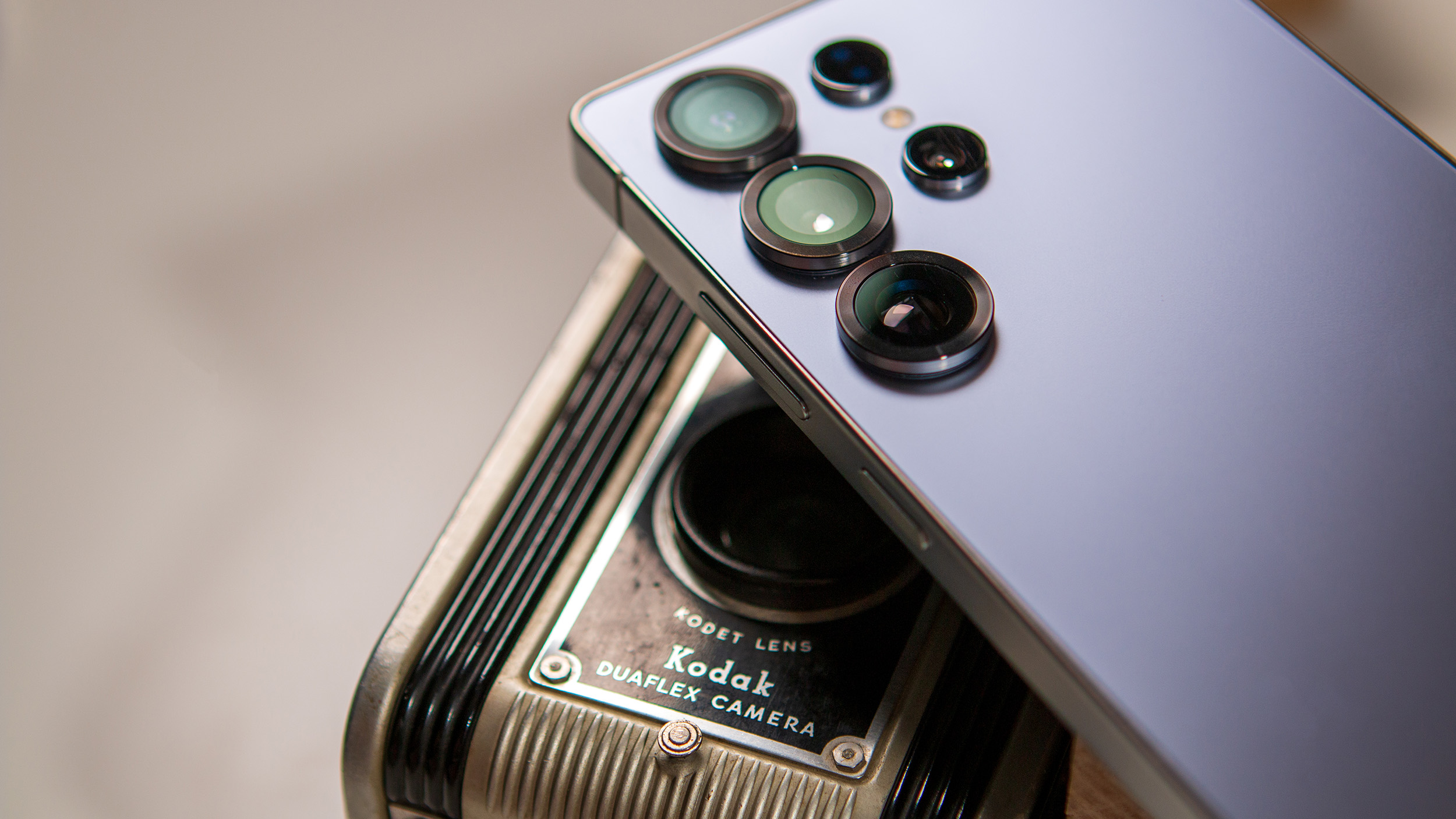
It'll come with 4K 120FPS video recording, whereas the Galaxy S25 Ultra should feature 8K video recording. However, the iPhone will have the edge in ProRes, Dolby Vision, and Spatial Video formats.
Of course, the Galaxy S25 Ultra has an extra telephoto camera that'll help with taking photos at different distances. It also has a higher megapixel count for the main camera, though that probably won't matter much in daily use.
Samsung Galaxy S25 Ultra vs. iPhone 16 Pro Max: The verdict
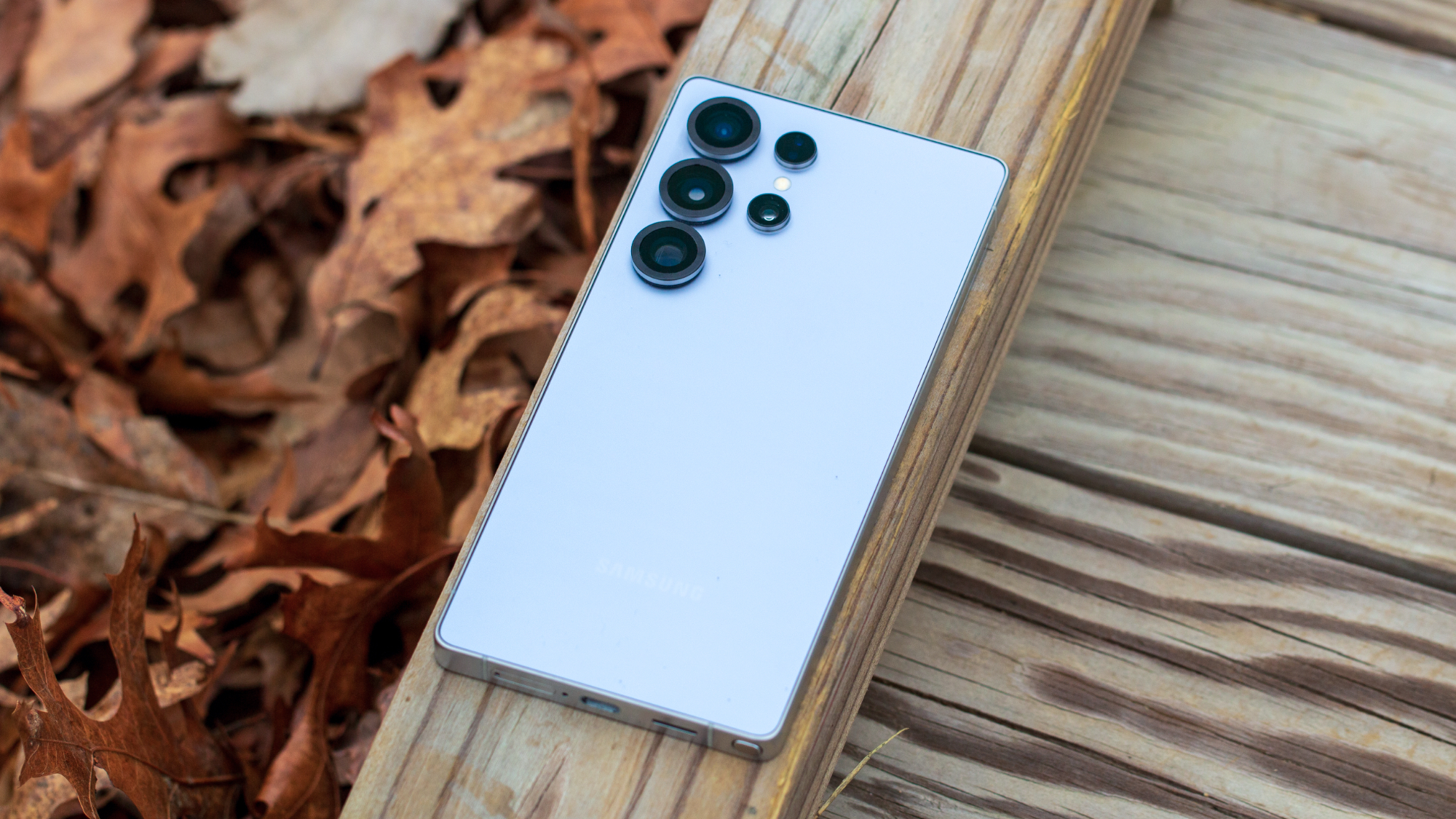
With One UI 7 and a blazing-fast Snapdragon 8 Elite processor, the Galaxy S25 Ultra is as competitive with the latest iPhone as it has ever been. At the same time, iOS 18 and new hardware changes have actually made the iPhone 16 Pro Max the most approachable to Android users as it has ever been.
Longtime Android fans probably won't be enticed to switch to the iPhone, and the Samsung Galaxy S25 Ultra will likely be the best option for them. However, both of these devices figure to be competitive enough to warrant a look by anyone wanting a top-tier smartphone.

Samsung's newest and best flagship
The Samsung Galaxy S25 Ultra is one of the fastest smartphones on the market in 2025. It has the Snapdragon 8 Elite for Galaxy chipset at the core, which is the best Android processor available. Additionally, a few quality-of-life changes make this phone easier to hold.

Apple's most polished hardware yet
With a larger screen, a new chip, and better cameras, Apple did quite a bit to improve the iPhone 16 Pro Max — even though it looks similar to its predecessor from the outside. However, it could lose out to the Galaxy S25 Ultra in a few key areas, like the strength of its AI features.

Brady is a tech journalist for Android Central, with a focus on news, phones, tablets, audio, wearables, and software. He has spent the last three years reporting and commenting on all things related to consumer technology for various publications. Brady graduated from St. John's University with a bachelor's degree in journalism. His work has been published in XDA, Android Police, Tech Advisor, iMore, Screen Rant, and Android Headlines. When he isn't experimenting with the latest tech, you can find Brady running or watching Big East basketball.
You must confirm your public display name before commenting
Please logout and then login again, you will then be prompted to enter your display name.
